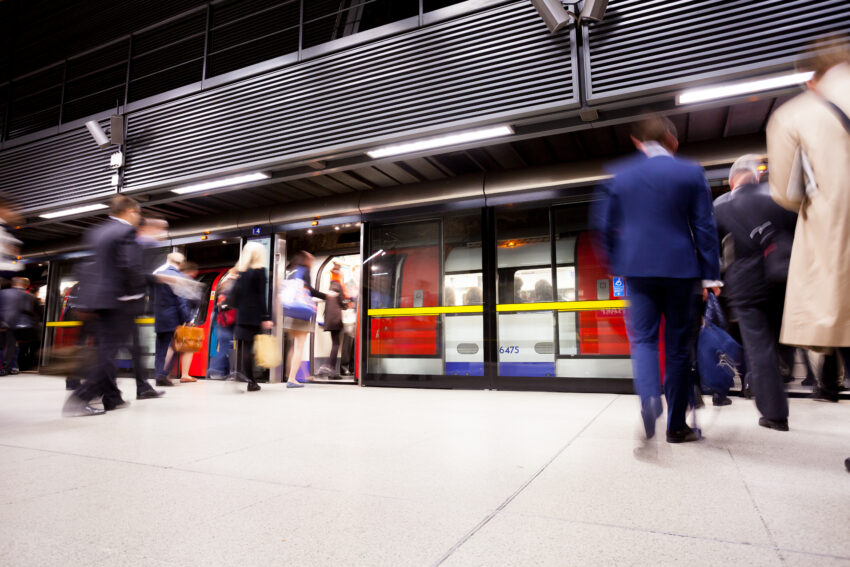Workers failed to return to the office in huge numbers yesterday, and one Whitehall department appeared to operate at a fraction of its capacity even though official guidance to work from home has been dropped.
The number of people on the Tube in London was only 6 per cent more than last Monday. Traffic on the roads was broadly unchanged on a week ago.
Several large employers confirmed they had adopted a hybrid model of home-office working or were allowing staff to work from anywhere.
Transport for London said there were 1.06 million entry and exits on the Underground by 10am yesterday morning, which is 45 per cent of pre-pandemic levels. The number of bus journeys was up only 1 per cent and is 69 per cent of normal.
Tube stations in London’s financial districts were among the quietest, and the volume of passengers in the City and Canary Wharf was still only a third of pre-pandemic levels.
TomTom, the satellite navigation company, said that congestion during morning rush hour was up a small amount in some cities, such as Manchester, Leeds and Newcastle, but down in others, including London and Birmingham.
It said that traffic in London was nearly a third down on the pre-pandemic normal.
Ministers are keen to end the working-from-home culture. Steve Barclay, the Cabinet Office minister, has written to the permanent secretary of every department saying that “it is important that government departments lead the way in getting people back to the office”.
Hargreaves Lansdown, the FTSE 100 stockbroker, said that the “vast majority” of its staff were still working from home and it expects them only to return for a couple of days a week.
Experian, the credit reporting agency, said that it was not demanding staff come back but instead converting its offices into “collaborative and social spaces” to reflect flexible working.
Some banks are trying to encourage workers back to their desks. Standard Chartered has changed its contracts to say how many days staff will be in the office and how many at home.
Freespace, a technology company that has 120,000 sensors in corporate offices, said that only 22 per cent of stations were occupied last week. This is up from 17 per cent the week before.
Danny Cox, of Hargreaves Lansdown, said: “Based on our experience of rule relaxation in the autumn last year, we expect that it will get busier over the next couple of weeks. Mondays and Fridays were the quieter days and it’s only a week since the rule change was announced so people may still be reorganising school runs, etcetera.”
Raj Krishnamurthy, of Freespace, added: “Our data shows that occupancy levels are creeping back up where they were pre-Omicron. The UK workforce is treating the office as a place to meet and collaborate, and our data also shows that the workplace is being used for those precise tasks, leaving the more concentrated activities to be done at home.”


